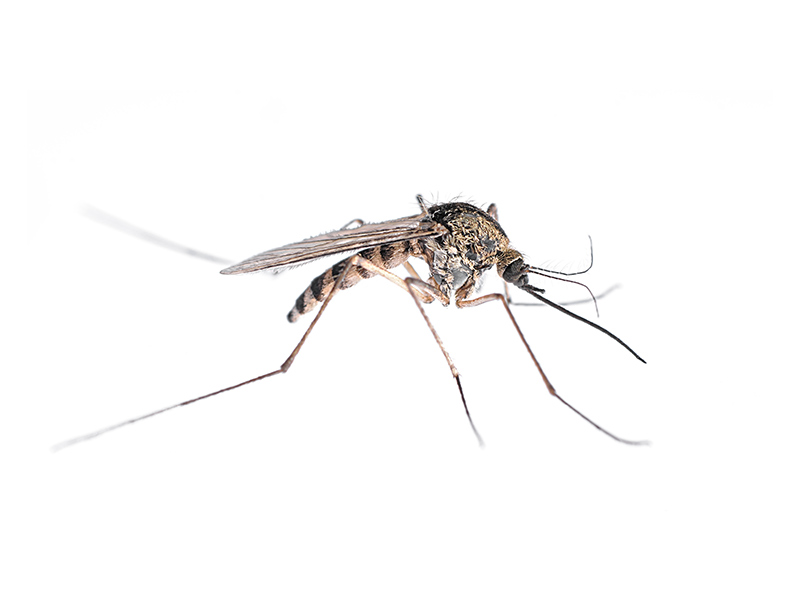Eco-Friendly Bug Control Approaches for Taking Care Of Wildlife in Urban Areas
Urban areas frequently discover themselves at the crossway of human activity and wildlife, leading to distinct difficulties in pest management. These approaches not just protect the setting but additionally enhance community engagement in wildlife management. As metropolitan populations continue to grow, recognizing the dynamics of wildlife interactions ends up being progressively crucial.
Recognizing Urban Wild Animals Dynamics
Comprehending Urban Wildlife Characteristics is vital for creating reliable and green bug control strategies. Urban areas are increasingly becoming habitats for various wildlife species, driven by variables such as environment fragmentation, food availability, and human infringement. Recognizing these characteristics enables for a nuanced technique to pest monitoring that straightens with ecological principles.
Urban wild animals usually consists of types such as raccoons, squirrels, and birds, which adapt to city settings, locating niches in environment-friendly areas, parks, and even houses. Their visibility can bring about disputes with human beings, specifically when they make use of human resources for food and shelter. Understanding the actions and environmental duties of these types notifies approaches that lessen negative interactions while advertising biodiversity.
Moreover, acknowledging the interdependencies within urban environments helps in determining essential locations for habitat conservation and repair. This knowledge contributes to the growth of integrated bug monitoring (IPM) methods that consider the environmental balance, thus lowering reliance on damaging chemicals. By promoting coexistence between humans and urban wild animals, cities can create much healthier environments that benefit both homeowners and neighborhood ecological communities, paving the means for sustainable city living.
Natural Repellents and Deterrents
All-natural repellents and deterrents provide a lasting option to standard insect control techniques by utilizing the power of nature to keep unwanted types away. These green solutions normally use plant-based active ingredients, essential oils, and various other normally happening compounds that hinder pests without harming the setting.
One reliable natural repellent is peppermint oil, which is known to repel rodents and bugs. Its solid aroma is undesirable to many bugs, making it a prominent choice for metropolitan settings. Similarly, vinegar and citrus peels can work as deterrents, as their solid odors are normally unattractive to various wild animals.
In addition, diatomaceous earth is a natural powder that can be spread in areas prone to insect task, properly dehydrating and deterring bugs without posing dangers to non-target types. Moreover, garlic sprays and neem oil are recognized for their capability to ward off a large range of bugs, including both bugs and bigger wild animals.
Implementing these all-natural repellents not only reduces reliance on chemical pesticides however likewise promotes a healthier urban environment, cultivating an extra well balanced coexistence between human beings and wild animals. click site By utilizing these techniques, urban locations can effectively handle pest populaces while minimizing ecological impact.
Habitat Adjustment Techniques
Effective habitat modification techniques play a vital function in lasting insect management by changing the atmosphere to make it less for pest infestations. By comprehending the ecological dynamics of city locations, residential property owners can implement calculated alterations that hinder insects while advertising biodiversity.
(Mosquito control Port Charlotte)One key method includes preserving appropriate sanitation. This consists of routine waste elimination, safeguarding garbage can, and eliminating standing water to reduce reproducing sites for pests and rats. Additionally, landscape design methods such as choosing native plants can enhance environmental balance, supplying habitats for useful microorganisms while decreasing sources for pests.
Another essential strategy is to secure entry points in structures. Evaluating and repairing fractures in foundations, walls, and windows can substantially lower bug accessibility. In addition, producing physical barriers, such as fencings or plant buffers, can hinder wildlife movement right into human-inhabited areas.
Integrated Parasite Monitoring Practices
Building upon environment alteration techniques, integrated parasite administration (IPM) practices offer a holistic technique to controlling insect populations while minimizing ecological impact. IPM incorporates various techniques, including biological, social, mechanical, and chemical controls, to accomplish effective bug monitoring.
Biological control involves the intro of natural killers or parasites to lower pest populations. Cultural methods, such as plant turning and cleanliness, interfere with pest life cycles and lessen their habitats - Pest control service. Mechanical controls, like traps and obstacles, give immediate relief from parasite stress without chemical intervention
Chemical controls are used as a last resource, focusing on targeted applications that restrict damage to non-target varieties and the environment. The choice of environmentally friendly chemicals, when essential, is integral to the IPM structure. In addition, checking pest populaces and analyzing potential damage assists inform decision-making, making sure that interventions are prompt and efficient.
Area Involvement and Education And Learning

(Honey Bee Relocation)Workshops and informational sessions can outfit locals with knowledge about native types, environment preservation, and efficient non-toxic pest management methods. Partnership with institutions, neighborhood organizations, and government agencies better enhances academic outreach, making sure that essential details reaches diverse audiences.
Additionally, community-led initiatives, such as area clean-up days and environment remediation projects, not only promote biodiversity however likewise reinforce area connections. Pest control service. By urging homeowners to share their experiences and observations, areas can establish targeted approaches that attend to details local bug concerns
Including comments from homeowners into parasite administration plans allows an extra responsive and flexible technique to wild animals obstacles. Ultimately, informed and involved neighborhoods are crucial to accomplishing long-term success in green parasite control, leading to much healthier urban environments that value both human and environmental needs.

Verdict
In conclusion, environmentally friendly parasite control comes close to offer sustainable remedies for handling city wild animals. By prioritizing habitat adjustment, using all-natural repellents, and applying integrated pest administration methods, areas can promote an unified conjunction with neighborhood fauna.